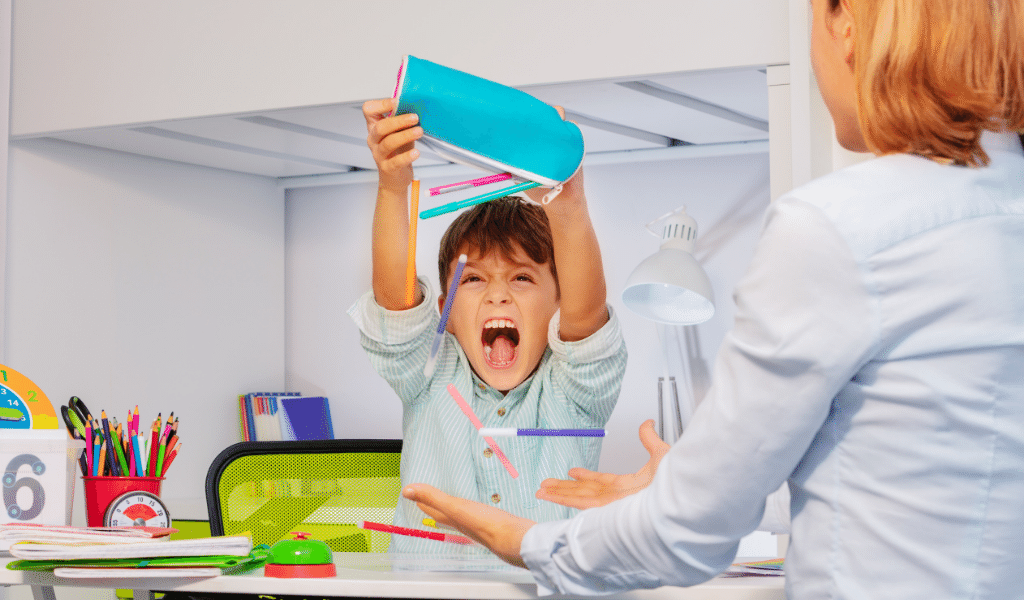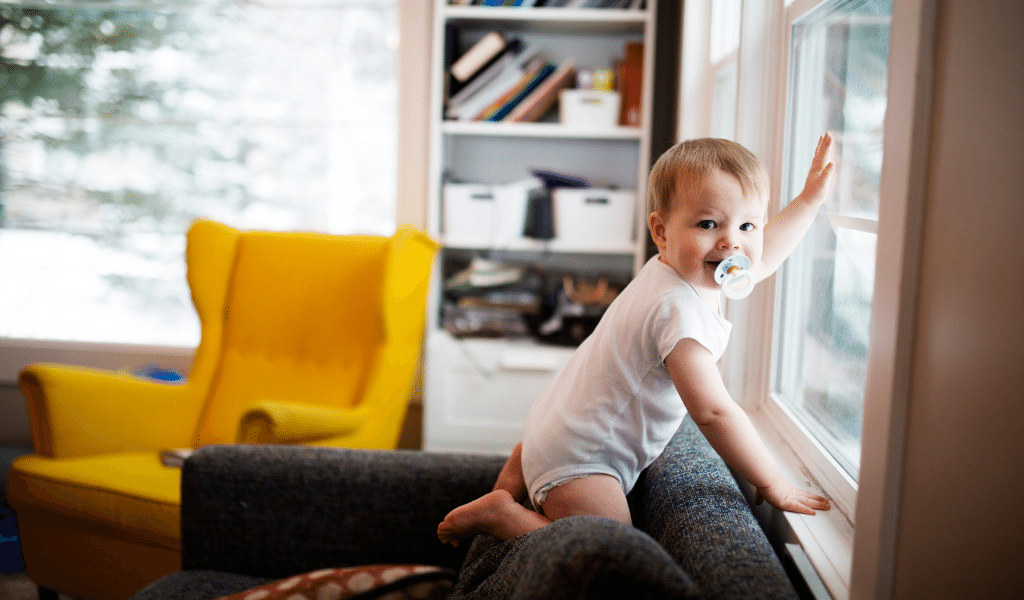Have you ever been puzzled by a young child’s actions or behaviour? All behaviour is communication and it is our job as an early years educator to become a behaviour detective and unpick why children behave the way they do. I believe that young children do not want to misbehave, they want to be loved and understood.
We may notice or get frustrated by children repeatedly doing the following things and sometimes their urge to do these things is very strong. But many common behaviours that frustrate us or are challenging to respond to are actually schematic. Cathy Nutbrown says, ‘Many professional educators use what they know of schemas to divert children from disruptive activities and to focus them on more worthwhile endeavours’ (Nutbrown, 2011) so we can use our understanding of their schematic interest to tempt them to play elsewhere. In this article, I am sharing the top 10 behaviours that I think are misdiagnosed as poor behaviour and suggesting possible ways of responding.
Children often throw toys or resources due to an interest in trajectory movement and actions. Throwing things helps children to understand about strength, forces, gravity and feels good! We can offer children opportunities to throw in places where they can safely do so and with objects we are happy to be thrown.

Creating mixtures shows an interest in transforming and changing properties of materials. We can offer additional opportunities for this through play in the mud kitchen, food play or simply have an ethos of permission and allow children to mix to their hearts content!
Many children fill and empty containers repeatedly and it links with investigating containment. We can plan for this using draw string mats that make it easier for us to tidy, offer fewer boxes and put lids on ones we don’t want emptied!
Children enjoy this sometimes because of the trajectory movement involved and sometimes because they like being high up which links with orientation and how children view the world from different angles and perspectives. We can ensure children are safe and give them as many opportunities as possible to climb and jump in areas where we feel it is appropriate, giving a clear message where they are not allowed to and visual reminders of this.

Again, this is about trajectory movement. It’s also a very sensory experience! We can build towers they are allowed to knock down and talk with the child about which towers they can and which they can’t knock down, getting the children to create visual signs as reminders.
This is another example of a trajectory movement as children enjoy the action of pulling the tissues. We can recreate this by offering children an old tissue box they can decorate and make their own, then we can fill it with scarves.
This links with enveloping play when children cover themselves or other things. Having an ethos of permission and ensuring we have a change of clothes available can help.
This is also linked with enveloping and the children’s interest in covering things up. Taking photos of the picture underneath can then allowing children to paint all over it can help.

Children may be investigating plugging holes which can link with going through a boundary and the running water aspects can link with trajectory movement too. We can redirect children to create dams outside or plug the water tray sink.
Many children will be interested in containing or enclosing themselves in boxes. The best way to deal with this is to see the present as having two parts – the contents and the box and then value this play. In our household we often bypassed the present and went straight for the box. For example, if I saw a neighbour had a delivery of white goods, I would knock on their door and ask for the box!
Acknowledging these behaviours as schematic helps us to better understand why they are repeatedly acting in this way, and perhaps allows us to be more accepting in our response. Rather than viewing their play as misbehaviour, we can be proactive and source additional resources that link in with this schematic play, redirecting the children to more ‘worthwhile endeavours’. Making everyone a winner!

Tamsin Grimmer is an experienced consultant and trainer, the early years director of Linden Learning and a part-time lecturer at Bath Spa University. She is the author of four books in early years practice: Calling All Superheroes, School Readiness and the Characteristics of Effective Learning, Observing and Developing Schematic Behaviour, and Developing a Loving Pedagogy.